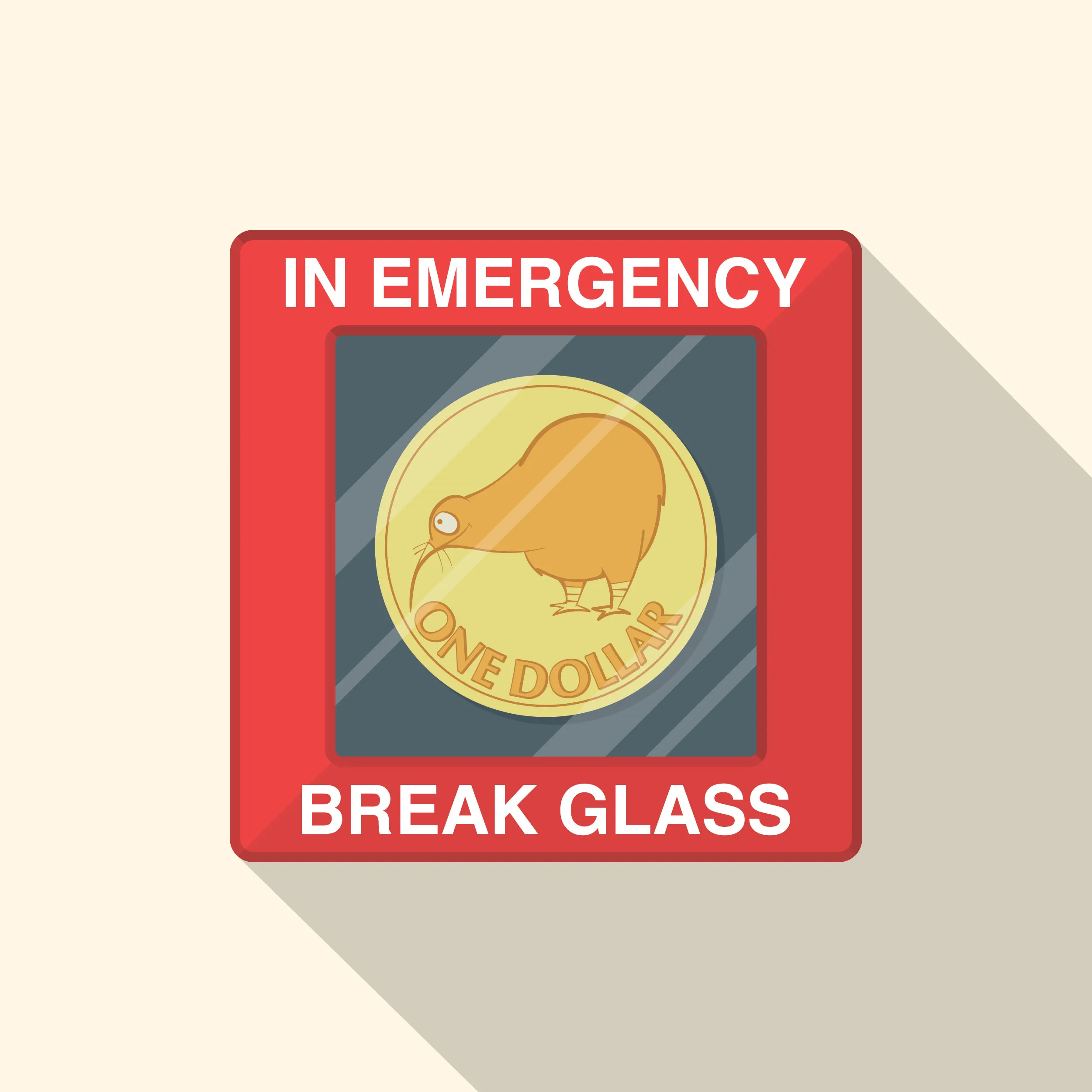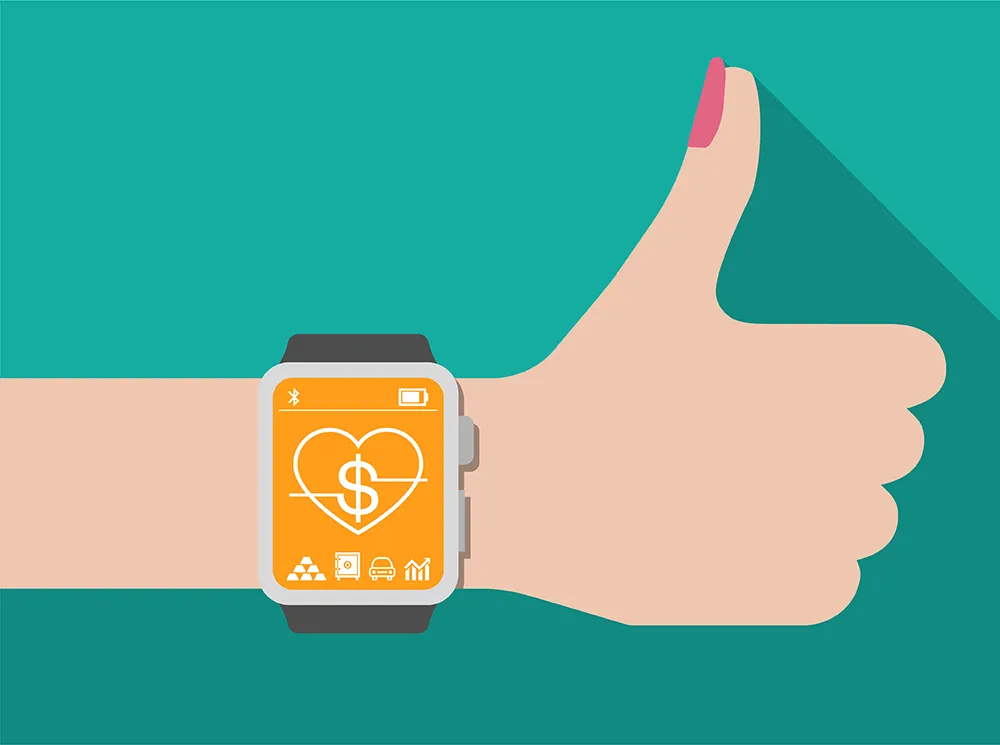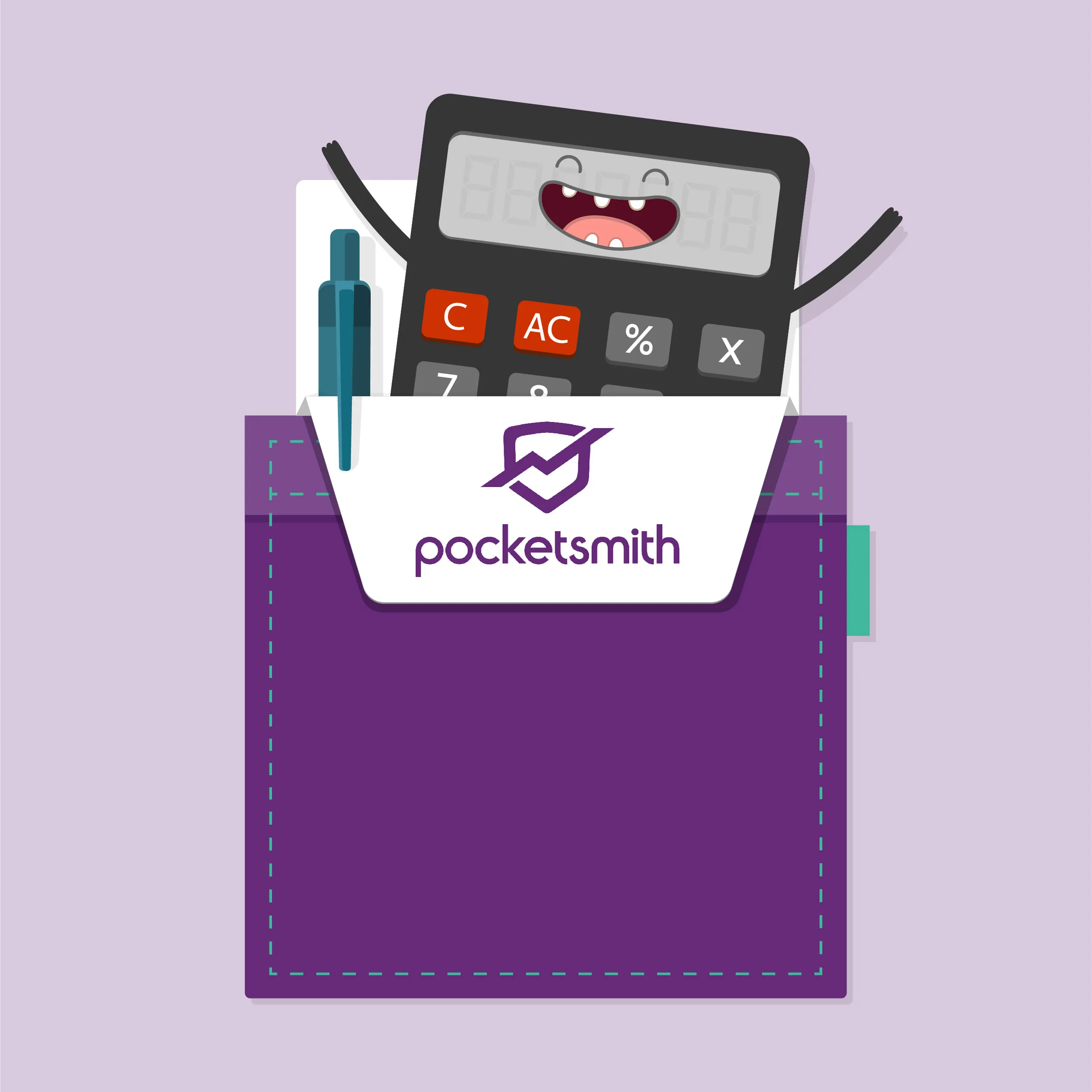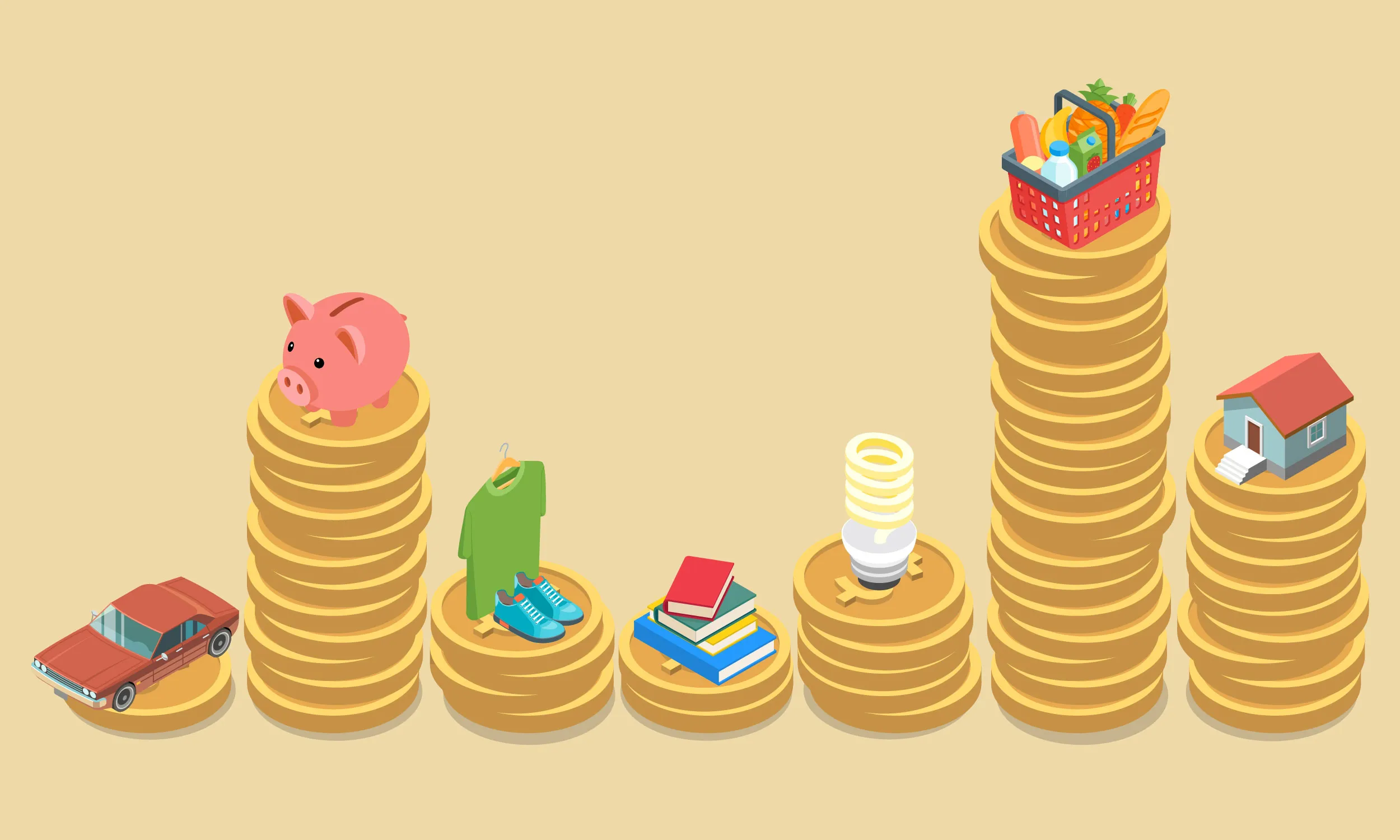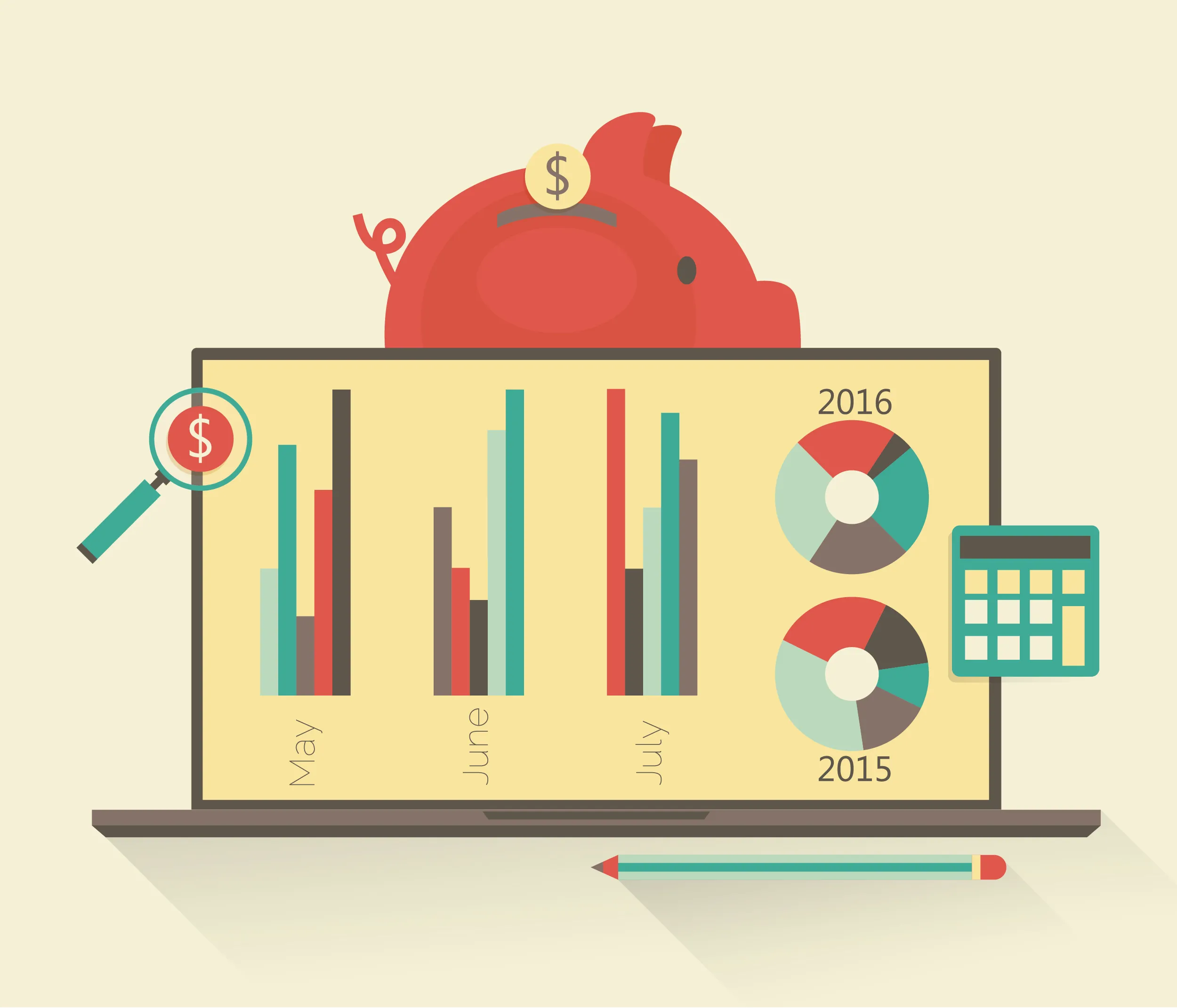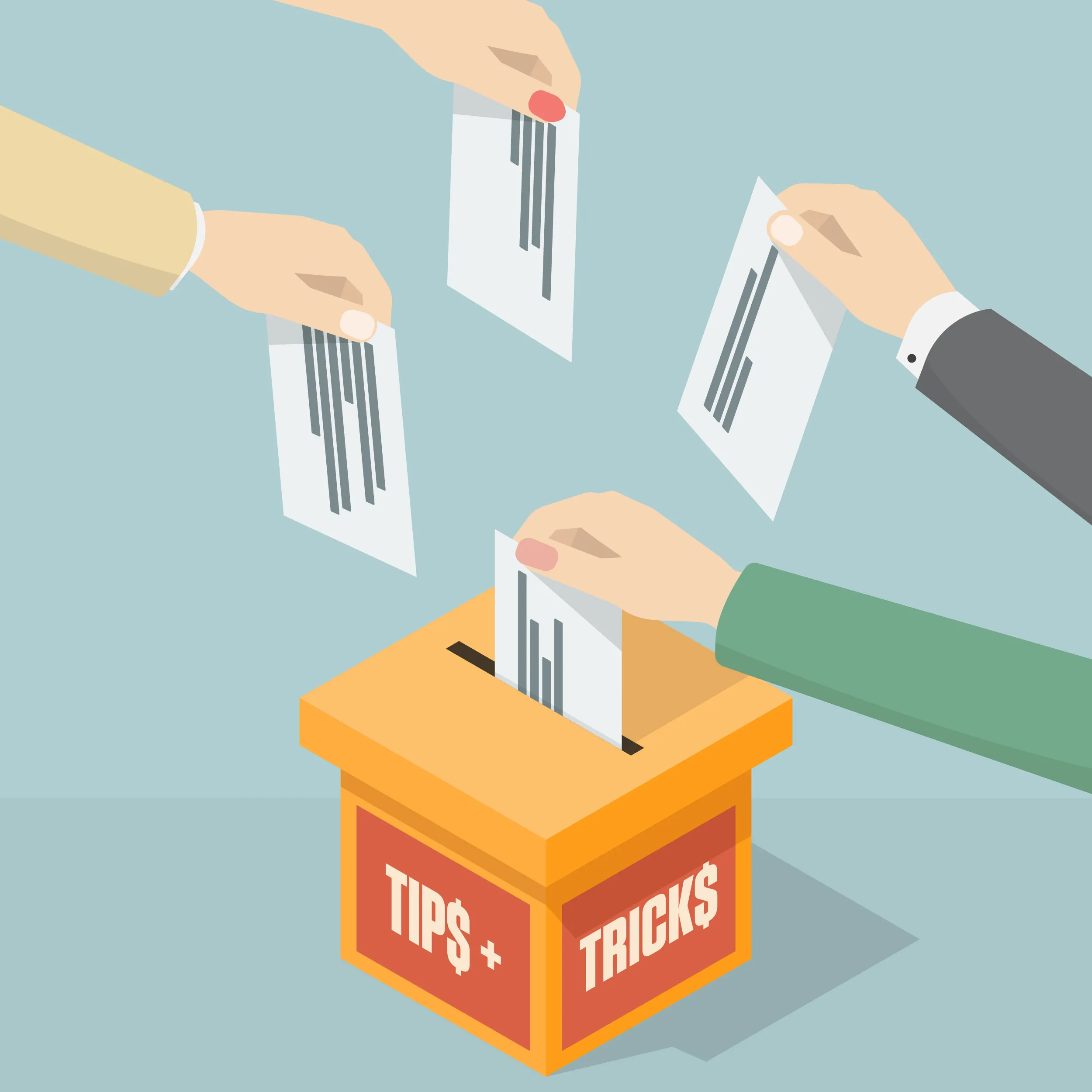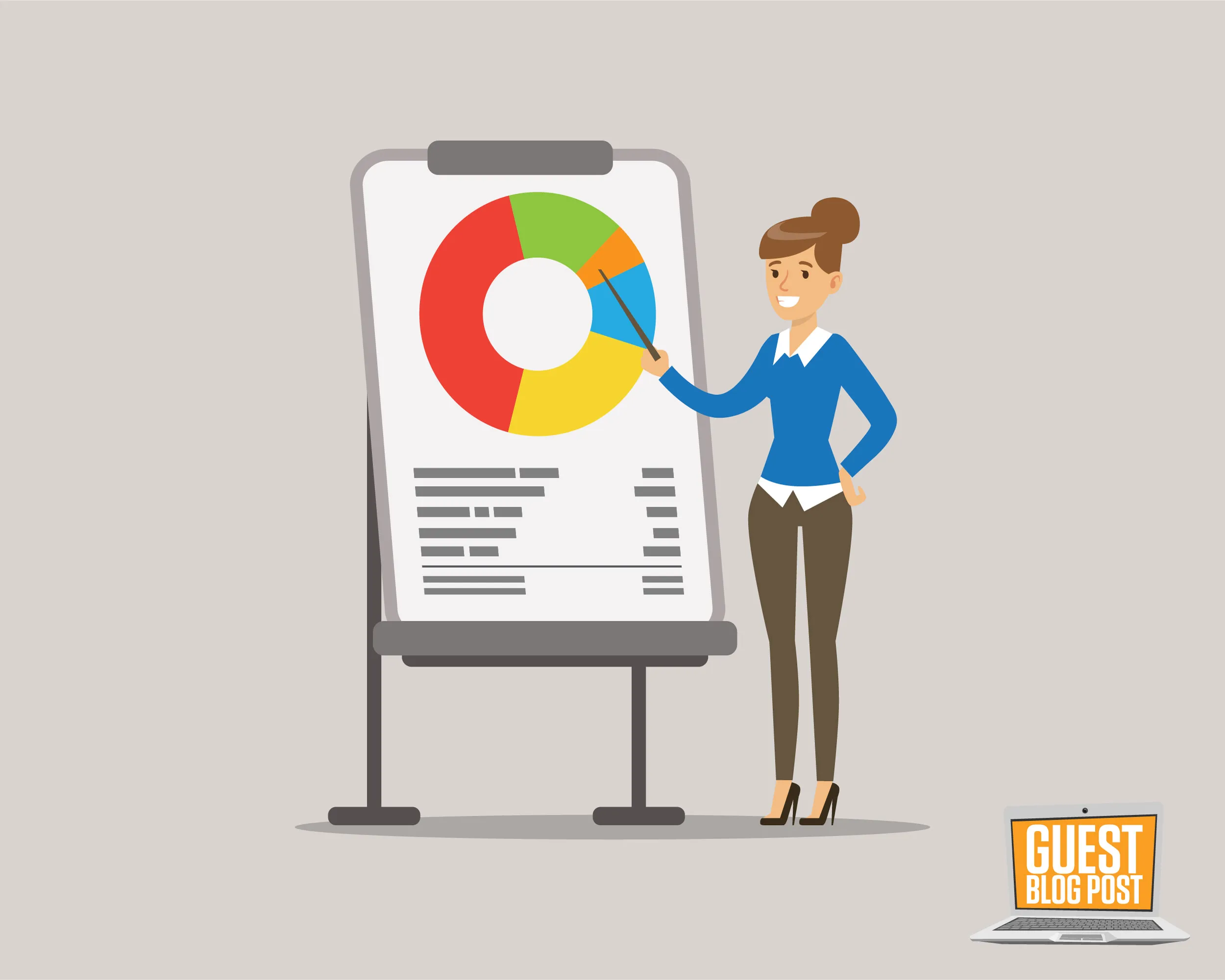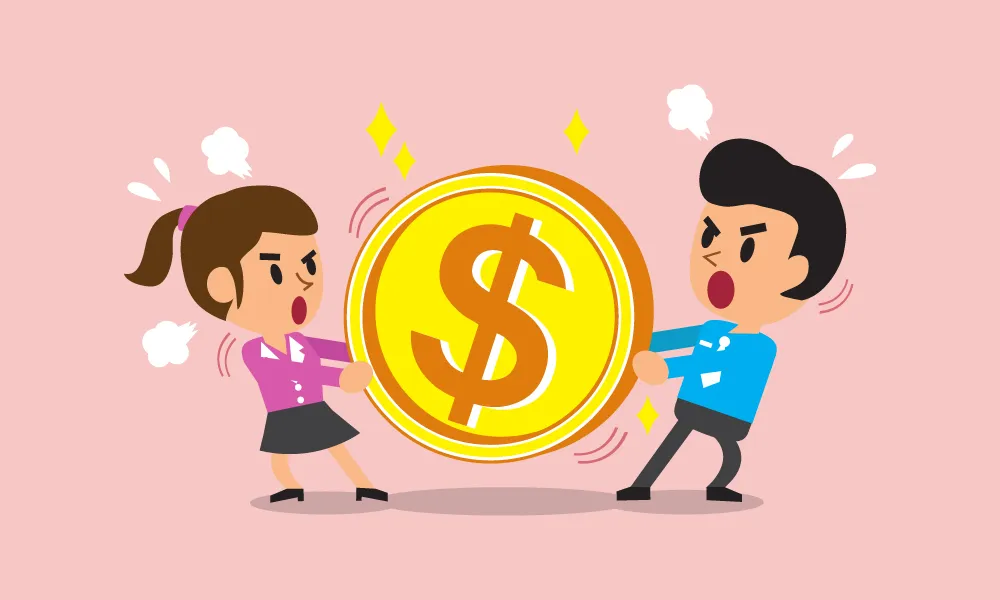Understanding the Essentials of an Emergency Fund
Recently, the buzz around the concept of an EMERGENCY FUND has noticeably surged. Friends and readers have been inquiring about what it really means, and I find myself reflecting on my own experiences with this financial safety net. Each time I tap into my reserve, a wave of gratitude washes over me, reminding me just how pivotal that cushion can be. To me, an emergency fund is like a trusty life jacket, hidden in my bank account and ready to rescue me when life’s storms threaten to capsize my finances. Accessible in an instant, it’s there for my peace of mind. For those who practice the fine art of “restraint,” perhaps that cash is conveniently withdrawable at an ATM. However, there are those who might find themselves at a bank teller’s window, wrestling with the urge to pull out funds for an impromptu night out instead of an actual crisis. Let’s delve deeper into what truly constitutes an emergency.
Defining What Constitutes an Emergency
So, what exactly fits the bill as an emergency? Allow me to share some real-world scenarios. Imagine your dishwasher suddenly starts smoking—yikes! The price tag for a new one is around $700, but is that an emergency? Not quite! We still have the basics: a sink, water, and an eager ten-year-old ready to lend a hand. If funds are at hand, I’ll simply cover the cost or save up for a replacement. Now, picture an irresistible holiday deal flashing before your eyes. Is that an emergency? Absolutely not. I always dream of vacations, so I plan ahead and save accordingly before hitting the ‘book’ button. Then there’s my car breaking down, ringing in at a thousand-dollar repair. If my job hinges on it, then yes, we’re edging into emergency territory. But if it’s just a matter of convenience, I’ll either pay cash or save for it like anyone else.
The Real Emergencies that Matter
Let’s contrast that with true emergencies. Picture a devastating earthquake that tragically claims lives and renders homes uninhabitable. Now, that’s a real crisis! Or consider the heart-wrenching scenario where a family member is diagnosed with cancer, leaving you to step in and support your loved ones without the luxury of working. That’s the kind of emergency that reshapes your world! While we all face minor hiccups, such as car troubles or appliance failures, they often pale in comparison to these monumental challenges. My experiences have taught me that there are two distinct types of emergency funds that people tend to rely on.
Types of Emergency Funds: What’s Your Strategy?
One strategy involves a line of credit linked to an existing mortgage, allowing access to funds when needed. However, many in this group might find themselves without significant cash reserves, relying instead on the hope of borrowing more if disaster strikes—a risky move, particularly if it threatens their livelihood. Their perception of a sufficient emergency fund hovers around $1,000 to $5,000. On the flip side, I belong to the second camp, having cultivated a substantial cash reserve over time since I no longer have access to additional credit. My emergency fund is a robust $15,000, which gives me peace of mind. This buffer ensures that I’m prepared for whatever life throws my way, allowing me to sleep soundly at night.
The Reality of Emergencies: Why You Need a Safety Net
When emergencies hit—and they inevitably will—our unnecessary spending immediately comes to a halt. The focus shifts to the essentials: how do we keep the lights on, feed our families, and pay the necessary bills? That $15,000 in my account represents five to six months of living expenses, a skillful safety net sewn into the fabric of our financial life. I remember discussing the aftermath of the Christchurch earthquakes with Jonny, recalling how our lives were upended overnight. Although our home remained standing, we lost all services and were faced with the challenge of navigating the chaos. Thankfully, I had set aside funds for a ‘rainy day’—and boy, was it pouring! This fund enabled us to adapt and respond swiftly to the unfolding situation.
Preparing for the Inevitable: Your Financial Shelter
A true emergency is not a question of ‘if’ but rather ‘when.’ While I genuinely hope nothing goes awry, I also believe in preparedness. When calamity strikes, you’ll want to lean on yourself initially—everyone is busy, and assistance isn’t always immediately available. This is where having a financial cushion pays off, allowing you to address your needs without the added stress of financial worries. Turning down the instinct to splurge on unneeded items is crucial; this money represents a lifeline for my family during trying times. Once you’ve cleared your debts and your investments start to flourish, the mindset shifts from thinking about ‘what could have been’ to seeing this fund as a vital insurance policy. It's now an integral part of my overall financial strategy, marked with a firm acknowledgment of its importance.
Your Call to Action: Build Your Emergency Fund Now!
So, what’s my advice to you? Start your emergency fund today! Decide on an amount that feels right. Whether inspired by my journey or your experiences, establishing a financial buffer is essential for peace of mind. And just when you think you’re in the clear… disaster strikes in the form of a lost pair of school shoes! Remember, not every frustration qualifies as an emergency. Happy saving, and may your emergency fund serve you well in challenging times!
